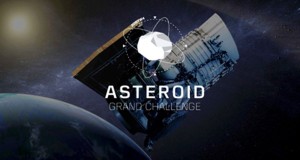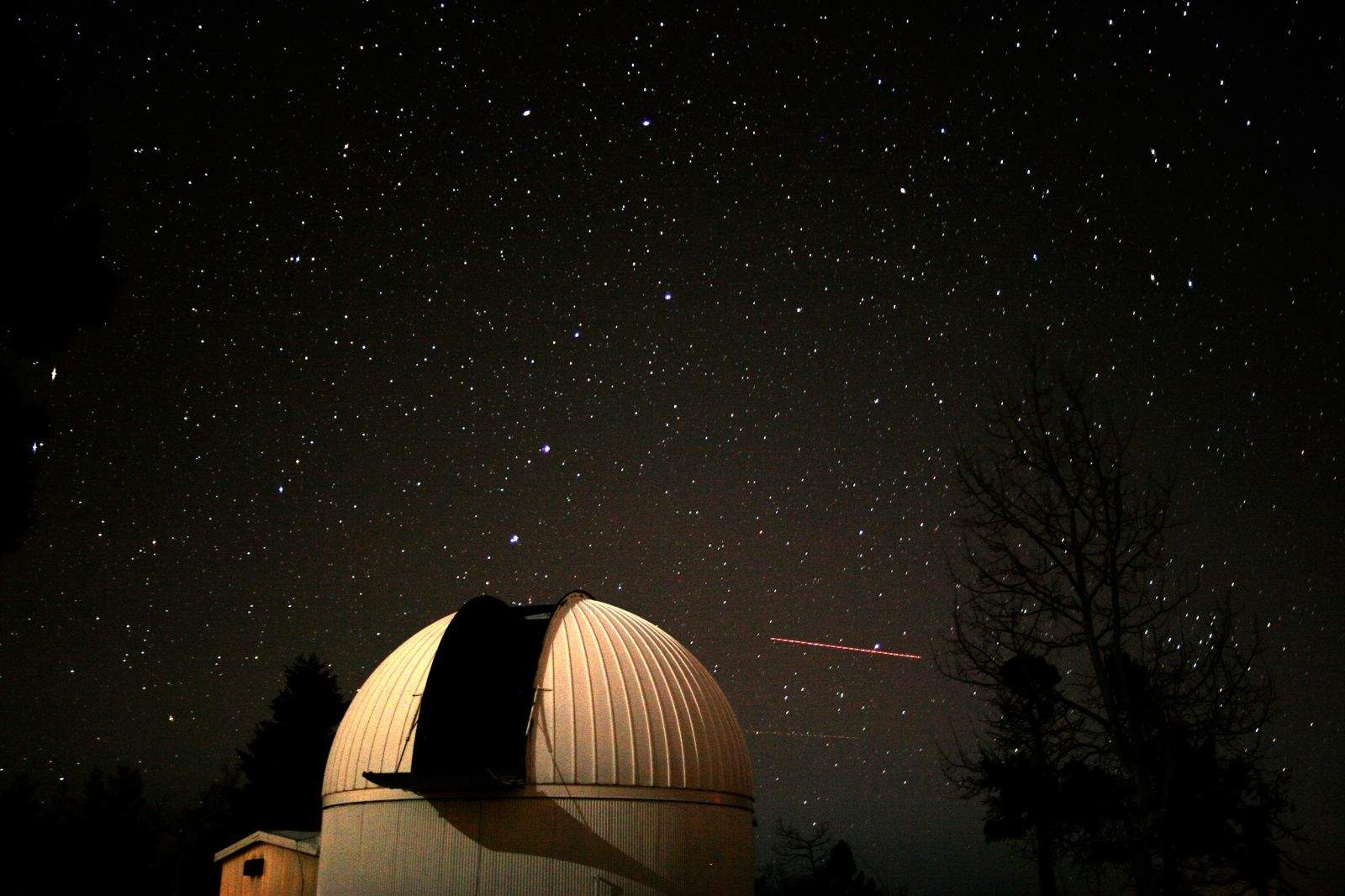There are millions of asteroids in the Solar System and relatively few astronomers to track them. They’d hate to miss that one dangerous rogue headed on a collision course with Earth.
So NASA has made it easier for the amateur stargazer to record and compare their discoveries and put extra eyes on the asteroid belt between Mars and Jupiter.
NASA and Planetary Resources Inc. have developed a computer program that is based on an algorithm that analyzes images for potential asteroids. The new asteroid hunting application, available for free download here, was announced Sunday by NASA at the South by Southwest Festival in Austin, Texas.
“We are extremely encouraged by the algorithm created and it’s already making a difference,” Chris Lewicki, president and chief engineer at Planetary Resources, said in a statement released by NASA. “This increase in knowledge will help assess more quickly which asteroids are potential threats, human destinations or resource rich.”
Advances in technology available to consumers has created a kind of crowdsourcing astronomy. Since last year, NASA has asked astronomy enthusiast to examine pictures from the Hubble Space Telescope to help determine the age of star clusters. Zooniverse, an organization that enlists citizen scientists involvement in various projects, has one called Galaxy Zoo, which gets star gazers to help with classifying galaxies.

Illustration: NASA
“The Asteroid Grand Challenge is seeking non-tradition partnership to bring the citizen science and space enthusiast community into NASA’s work,” Jason Kessler, program executive for the Asteroid Grand Challenge, said in a statement. “The Asteroid Data Hunter challenge has been successful beyond our hopes, creating something that makes a tangible difference to asteroid hunting astronomers and highlights the possibility for more people to play a role in protecting our planet.”
Astronomers find asteroids by taking images of the same place in the sky and look for star-like objects that move between frames, NASA said. Astronomers are so inundated with data from the growing community of amateur astronomers and “citizen scientists,” they are unable to verify claims. The software can help scientists quickly check images provided by enthusiasts and determine which are promising enough for investigation.
Scientists already have recorded a 15 percent increase in new asteroids with the help of the algorithm, NASA said. The software can be used on any computer. Amateurs who record pictures with their telescopes can analyze them with the app and determine if matching records on an asteroid exist, NASA said. The Minor Planet Center in Cambridge, Mass., confirms and archives discoveries.


